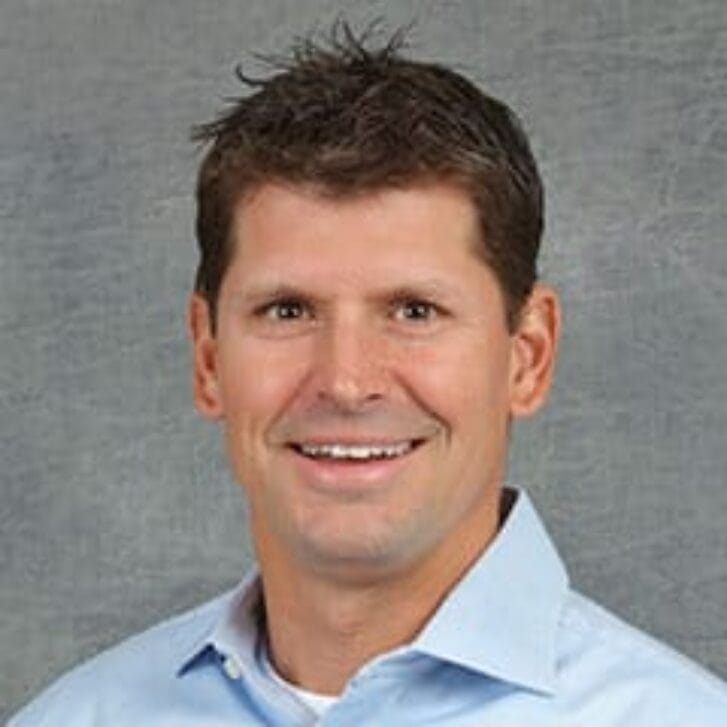 His mother, the legendary Kathy Liggins Hughes, co-founded Radio One with limited funds, building the company station by station.
His mother, the legendary Kathy Liggins Hughes, co-founded Radio One with limited funds, building the company station by station.
Since taking over as CEO, Alfred C. Liggins III has turned it into a multimedia empire with 70 stations, billions in assets, and millions of mostly black nationwide listeners. “We are in the business of aggregating audience for this particular demographic and providing content to them,” says Liggins, who’s now moving into the Web, XM Satellite Radio, cable television, and expanding a national talk-show network.
Liggins learned the business at his mother’s knee. Although Hughes, chairman of the company, remained married for two years and was just 17 at the time of her son’s 1965 birth in Omaha, NE, the young family soon moved to Washington, DC. Hughes worked at Howard University’s radio station as a host and station manager, but she had bigger plans.
By 1979 Hughes purchased WOL-AM in Washington, financing the venture by selling her home and car, requiring the family to live in the trailer studio. By 1980, she and her husband Dewey Hughes had also launched Almic Broadcasting, later Radio One. After graduating from Woodrow Wilson High School in 1983, Liggins worked for stations in Los Angeles while studying at the University of California.
Returning to Washington in 1985, Liggins managed sales and promotions for his mother’s radio station. The station flourished via increased advertising and the firm purchased soft-rock station WMMJ-FM, changing the format to rhythm-and-blues, a formula often repeated to access underserved black audiences with R&B, hip-hop, and gospel programming.
After earning an MBA from Wharton in 1995, Liggins was promoted to CEO in 1997. The company’s growth exploded. By 1999, to raise more capital, Liggins took the company public and brokered a $1.3 billion deal with media powerhouse Clear Channel. In 2001 Radio One expanded further, making it the largest urban-market radio company, entrenched in 22 markets with 18 million listeners. Recently, Liggins moved into cable television with the creation of TV One via the help of cable giant Comcast, making him one of America’s youngest and most dynamic media moguls.


























